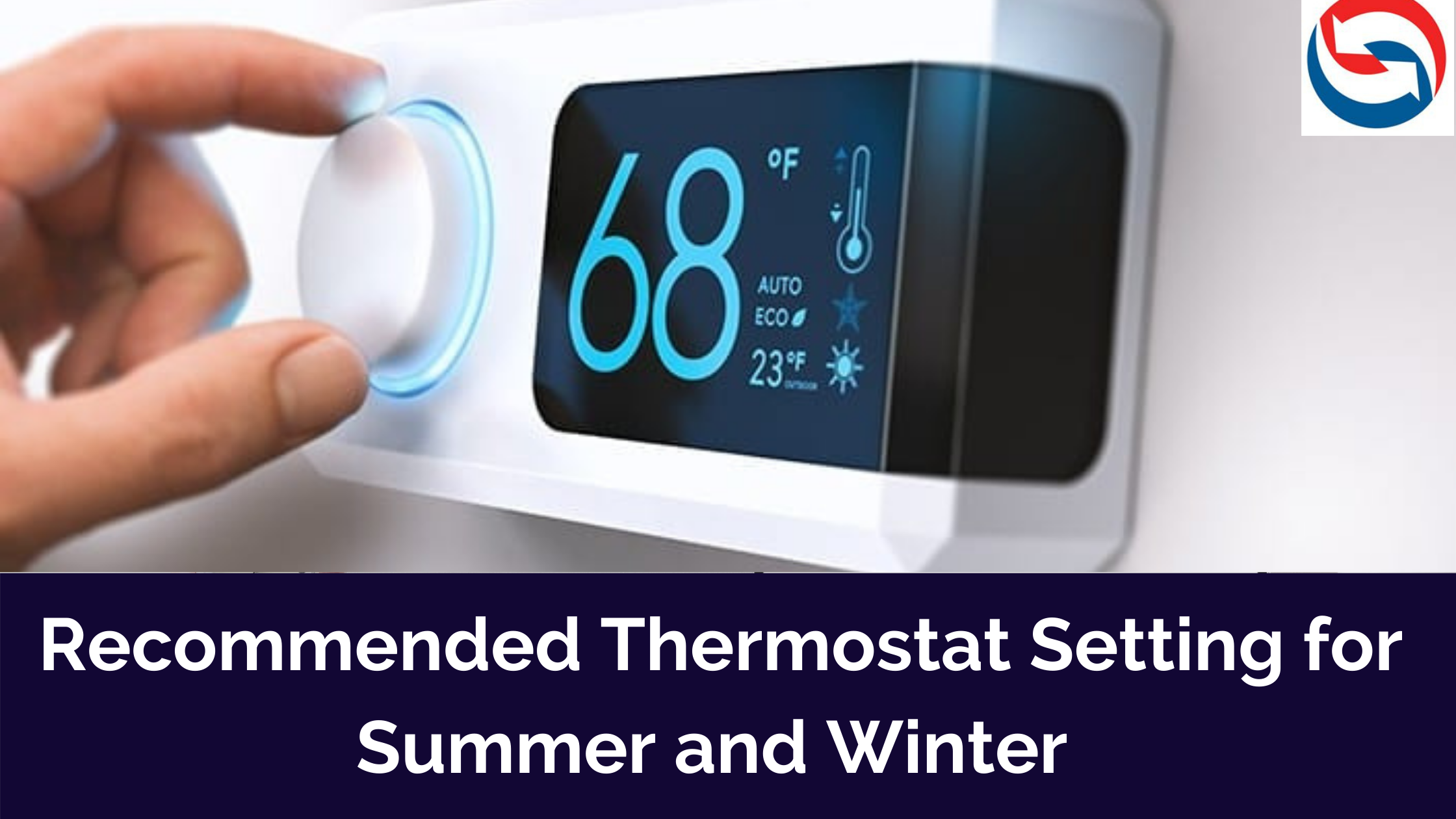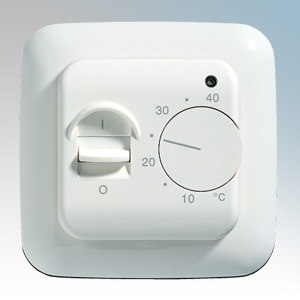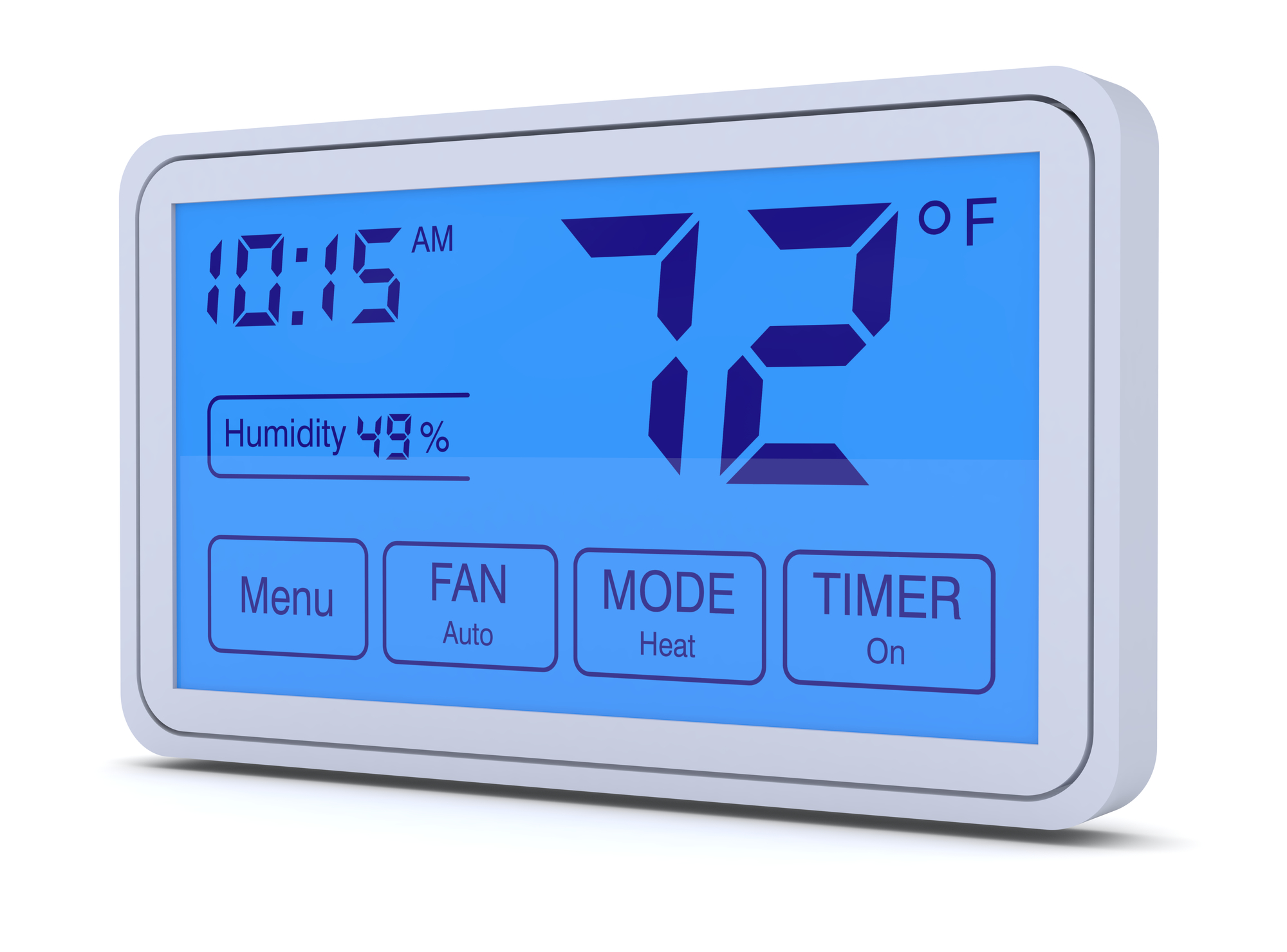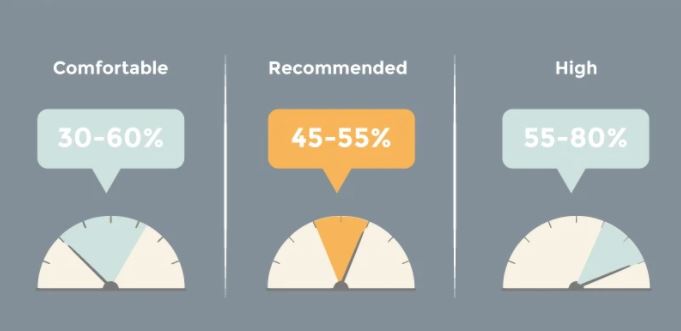Leonard Splaine What to set the thermostat to in the summer and the winter and why it is different

Things can get a bit uncomfortable when temperatures get extreme. Be it the summers or winters, Mother Nature has her own ways of regulating things, and some of these situations might not be very pleasing. Your home’s ideal temperature for your heating and cooling system should provide convenience and comfort to your indoor environment. Thermostat settings for both comfort and energy savings are important to every homeowner. Apart from cranking up our AC’s and thermostats up to whatever degrees we think would be appropriate, do we really give a thought about what would work best in accordance with our personal comfort and at the same time, is cost-efficient?” In this guide, we’re going to discuss the recommended settings for your thermostats for summers and winters alike, to give you an idea about how the degrees work in your environment to provide the utmost comfort for you. But before we launch these recommended thermostat settings, let us quickly take a look at the different types of thermostats available for your use.
Manual Thermostats:
The Manual Thermostats are the simplest to use. It is user-friendly for all, even if you’re not all that tech-savvy, you can easily operate it any time. It is also the most commonly used model of all. And, once you set the temperature on it, it stays that way. Manual thermostats are not precise and waste a lot of energy. These are more hassle to use and less effective as compared to a programmable counterpart. 
Programmable Thermostats

closeup of a digital, programmable thermostat (3d render)
The benefits of installing Programmable Thermostats depend on your lifestyle to a great extent. These are ideal solutions for having set temperatures for weekdays and weekends or even for different rooms with its eight different climatic zone control feature! These devices cost significantly more than manual thermostats, as these are equipped with modern technologies. However, in the longer run, a programmable thermostat is energy-saving and cost-efficient.
Smart and WiFi Enabled Thermostats
These devices are designed for modern houses where the Wi-Fi is available 24×7. However, a programmable thermostat does the job efficiently. But if you’re willing to spend a little more bucks, you must install a smart thermostat. It is the perfect fit for people who are busy and dependent on technologies. 
Recommended Thermostat Settings
What is a good temperature to set your thermostat in the summer?
During the warm weather, it is generally recommended that you set your home’s cooling system to 78 degrees Fahrenheit when you are home. If you will be out of the house for four or more hours, consider raising the setting so the cooling system only comes on if the temperature tops 88 degrees Fahrenheit. It is estimated that for every degree higher you set your thermostat over 78 degrees Fahrenheit in the summer months, you could save approximately six to eight percent off your home energy bill, per degree. So, keeping your home’s temperature slightly higher and using the best settings for spring and summer can ultimately help save you money.
Thermostat settings for the winter
Thermostat settings during winter should be adjusted if you are at home or away during the day. You can save energy and keep your costs in check by keeping your thermostat at 68 degrees Fahrenheit during the daytime. It has been reported that turning your thermostat lower by 10 to 15 degrees for 8 hours per day will help you see an energy usage reduction of 5 to 15 percent per year on your bill. Depending on your family’s personal comfort preferences, one idea you may consider is lowering the thermostat at night while you sleep. Many people find it comfortable to even sleep in a cooler environment while using winter blankets to regulate warmth. It’s important to note that indoor humidity plays a role in the comfort of the air in your home. We will be talking briefly about how humidity affects temperature and how managing the humidity in your home can help you achieve your desired comfort level.
How Humidity affects Temperature and how you can manage it for maximum comfort
“It’s not the heat, it’s the humidity.” We’ve all probably heard that statement at one time or another. No matter what type of climate you live in, the levels of relative humidity in the air can affect the comfort of your home, as well as the proper functioning of your heating and air conditioning units. Managing ideal indoor humidity should be a priority for every homeowner, especially when it comes to tailoring your heating and cooling preferences to meet your personal home needs. Before we get into the nitty-gritty of our topic, let’s take a look at the basics.  The relative humidity is the amount of water vapor present in air “expressed as a percentage of the amount needed for saturation at the same temperature.” As temperatures go up or down, the capacity of the air to hold water changes. Having the right level of moisture in your indoor home environment at all times will ensure that your home HVAC systems are working efficiently for you. You may ask, “What should the humidity be in my house in the summer?” During summer months, the average humidity should weigh in between 30-45 percent (below the 50% mark). Winter may require lower than 40% relative humidity to avoid condensation on your windows. By staying in the proper ranges, problems can be prevented. In other words, the right humidity levels help your home to feel cool in the summer and warm in the winter. Removing unwanted moisture in your home is one of the primary functions of your home’s air conditioning system. However, your air conditioning system may not be enough to remove the excess moisture that comes into your home. The ideal temperature in your home will be specific to your family’s preferences and maintaining recommended humidity levels at different times of the year will ensure your comfort and safety.
The relative humidity is the amount of water vapor present in air “expressed as a percentage of the amount needed for saturation at the same temperature.” As temperatures go up or down, the capacity of the air to hold water changes. Having the right level of moisture in your indoor home environment at all times will ensure that your home HVAC systems are working efficiently for you. You may ask, “What should the humidity be in my house in the summer?” During summer months, the average humidity should weigh in between 30-45 percent (below the 50% mark). Winter may require lower than 40% relative humidity to avoid condensation on your windows. By staying in the proper ranges, problems can be prevented. In other words, the right humidity levels help your home to feel cool in the summer and warm in the winter. Removing unwanted moisture in your home is one of the primary functions of your home’s air conditioning system. However, your air conditioning system may not be enough to remove the excess moisture that comes into your home. The ideal temperature in your home will be specific to your family’s preferences and maintaining recommended humidity levels at different times of the year will ensure your comfort and safety.  To address problems in your home humidity levels, you may need additional equipment, such as a whole-home ventilation system or a humidification system. By installing a humidifier connected to your furnace or separate, you can monitor and control the humidity of your home all year long. If you are concerned about managing home humidity levels in your home, consult with trusted, professional heating and cooling experts to ensure that your systems are keeping your home environment healthy and comfortable.
To address problems in your home humidity levels, you may need additional equipment, such as a whole-home ventilation system or a humidification system. By installing a humidifier connected to your furnace or separate, you can monitor and control the humidity of your home all year long. If you are concerned about managing home humidity levels in your home, consult with trusted, professional heating and cooling experts to ensure that your systems are keeping your home environment healthy and comfortable.
